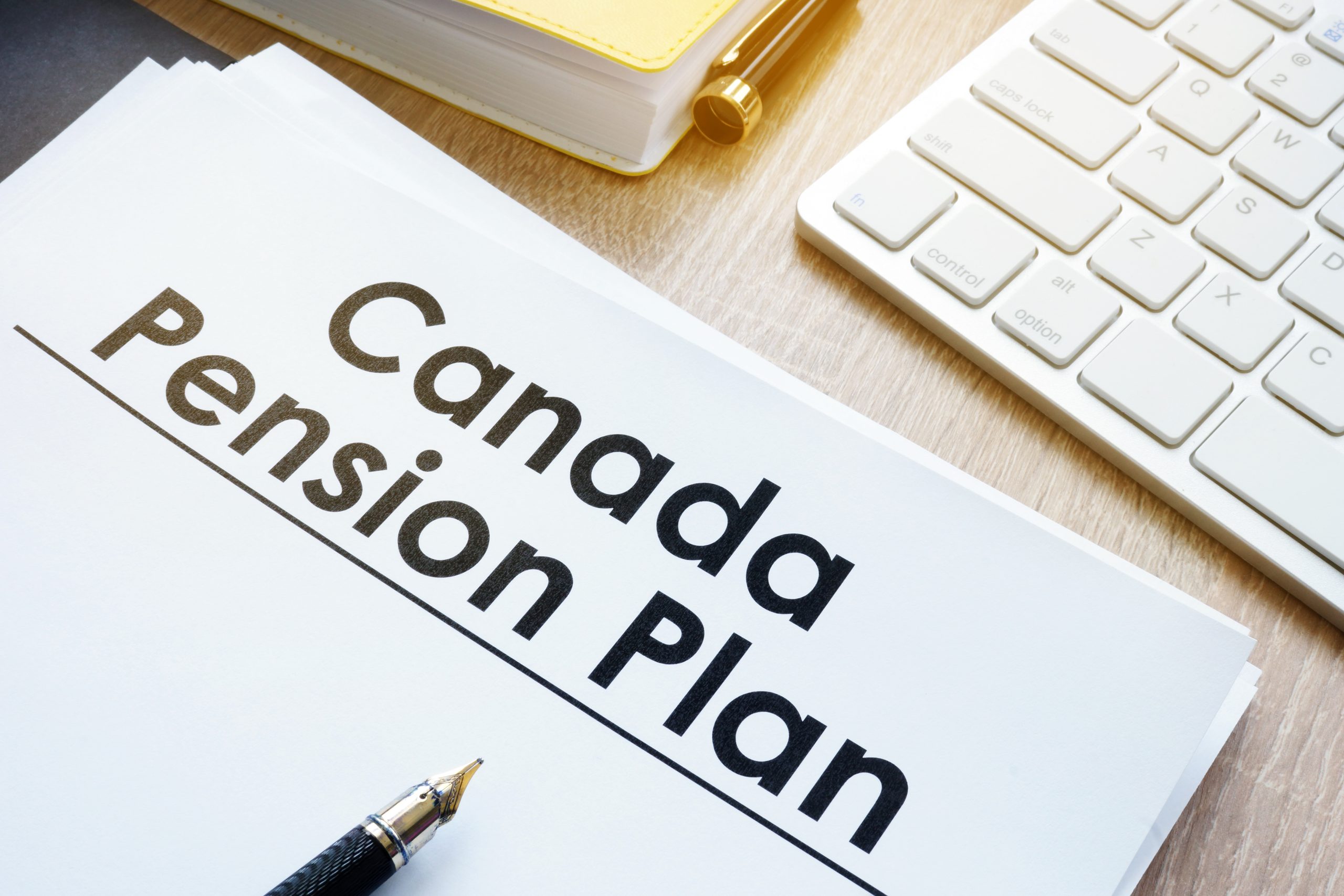Money 101: let’s talk tariffs
‘When it rains it pours’
Can you believe that old adage was born from an ad campaign in the 1910s to sell salt of all things.
Now here we are over a century later—during a time when the clouds of high inflation and soaring interest rates had finally seemed to start lifting. But instead of sunnier economic skies, we received the threat of a new stormfront in the form of U.S. tariffs.
Talk about pouring salt in the proverbial wound.
And while tariff is a word that we’ve heard a lot as of late, for everyday Canadians, there are real implications.
But just how much of an impact will these tariffs have on life in Canada?
Well, according to the Canadian HR Reporter, half of employers in the country are already in the process of reducing production or laying off staff. Depending on how long the tariffs remain in place, exports to the U.S. could also vastly lower, once again leading to high inflation.
There is also the domino effect that U.S. tariffs could have on both sides of the border.
Take industries with highly integrated supply chains, such as the auto sector for example.
During the vehicle manufacturing process, it’s quite common for essential auto parts to cross the Canada-U.S. border several times. Now imagine if these components were to incur tariffs on each occasion. Production costs would skyrocket, which manufacturers would have no choice but to pass on to consumers in the form of higher vehicle prices in both Canada and the U.S.
Then there are the reciprocal tariffs to consider.
The Canada Border Service Agency (CBSA) has already begun implementing reciprocal tariffs on a list of goods coming in from the states. These tariffs (or surtaxes) will apply to personal goods imported by mail or courier, commercial shipments, along with items imported by Canadian travellers (above their limit for exemptions). This dollar-for-dollar tariff on U.S. imports could then lead to certain supply chains facing disruptions, as the price of importing products and essential materials increases.
Some of Canada’s top U.S. imports include:
- Fruits/vegetables
- Machinery
- Mineral fuels
- Electrical/electronic equipment
- Pharmaceuticals
- Plastics
The added costs from Canadian tariffs placed on those imports would ultimately end up trickling down to you, making these items more expensive.
The Canadian dollar could also be negatively impacted by the imposing of U.S. tariffs.
This would lessen purchasing power even further due to higher costs—in turn, dampening overall demand and reducing economic growth in the interim.
If the economy does end up in downward trajectory due to tariffs, there has been talk about the Bank of Canada (BoC) stepping in to help mitigate the effects. Although the level of relief the BoC can ultimately provide is limited. Tiff Macklem of the Bank of Canada (BoC) explains, “What the BoC can do is help the economy adjust”, says Tiff. “With inflation now back around the 2% target, we are better positioned to contribute to economic stability. However, with a single instrument, our policy rate, we can’t lean against weaker output and (possibly) higher inflation at the same time. As we (the BoC) consider our monetary policy response, we will need to carefully assess the downward pressure on inflation from higher import prices and supply chain disruptions.”
In other words, the amount of support the BoC can provide through monetary policy is ultimately constrained by the need to control inflation (keeping it anchored to the 2% target).
The uncertainty surrounding the current trade dispute might also be making you feel a little nervous where your investments are concerned.
Just remember that the market reacts in tandem with the news of the day. While there’s no predicting when the trade dispute will come to an end, the dust will settle eventually, as will the market.
Educators Certified Financial Planner professional Norshat Reshat sums it up best.
“Investing will always come with its challenges”, says Norshat. “Just take a look at the seismic economic and geo-political shifts over the last few years. Things can literally change from one day to the next, hence why it’s important to avoid making knee-jerk reactions. As always, we recommend staying focused on your investment goals, because provided that your portfolio is well-diversified, you’ll be in good shape to ride out the storm—both in the short and long-term.”
Investing 101: how to weather the storm during a recession
There are also proactive steps you can take to lessen the strain on your day-to-day finances:
- Trim your budget: Get ahead of rising costs by examining your spending habits and identifying areas where you can cut back (check out these 5 tips for saving up to $500 a month)
- Build an emergency fund: Once you’ve reviewed your budget, you might be able to reallocate your discretionary spending by putting that extra cash flow towards a financial cushion you can immediately fall back on when you need it (and avoid having to rely on credit)
- Consolidate debt: This can help you to find further savings in your budget by combining multiple monthly debt obligations into one manageable payment (here’s how refinancing your mortgage could help you save money, increase cash flow, and consolidate debt)
- Get a jump on your mortgage renewal: With so much rate uncertainty lately, make sure your mortgage is one less thing you have to worry about (our mortgage agents can help with that)
As for how the whole tariff storm will play out, who knows.
But at the very least you can be prepared for any eventuality by equipping yourself with an educator-specific umbrella (i.e. financial plan). Because regardless of what happens in the days, weeks, and months ahead, count on Educators Financial Group to help you face any type of economic uncertainty with confidence.
Reach out to put your tariff financial action plan together right now
Sources:
https://www.rbc.com/newsroom/news/article.html?article=125971
https://www.bankofcanada.ca/2025/02/tariffs-structural-change-and-monetary-policy/


